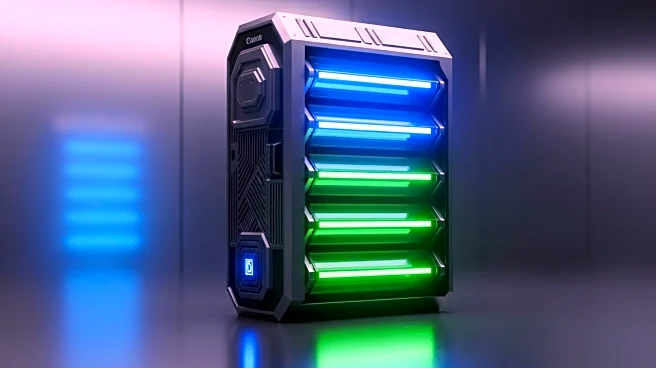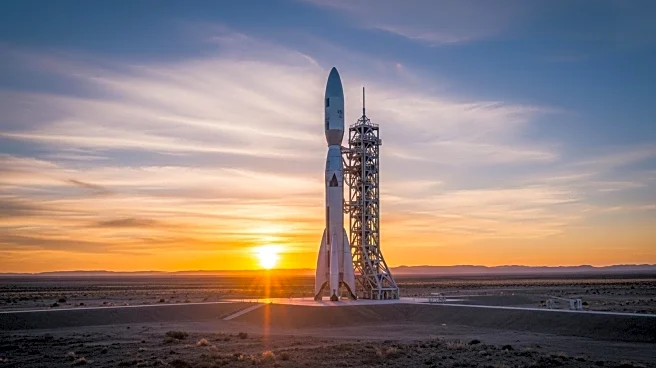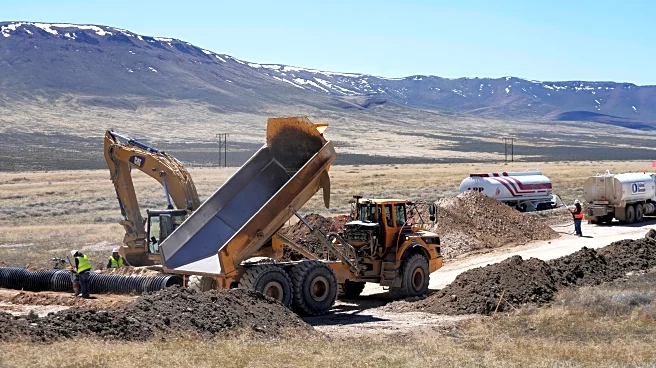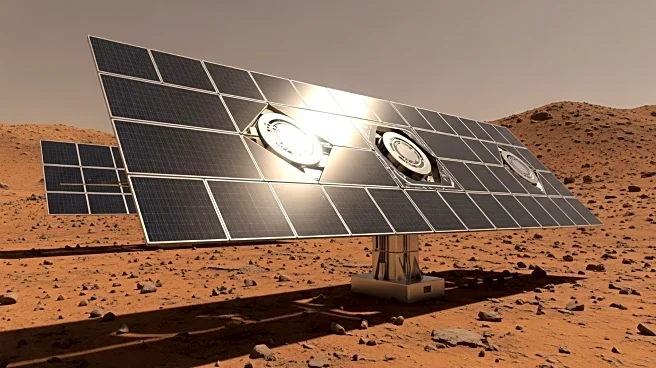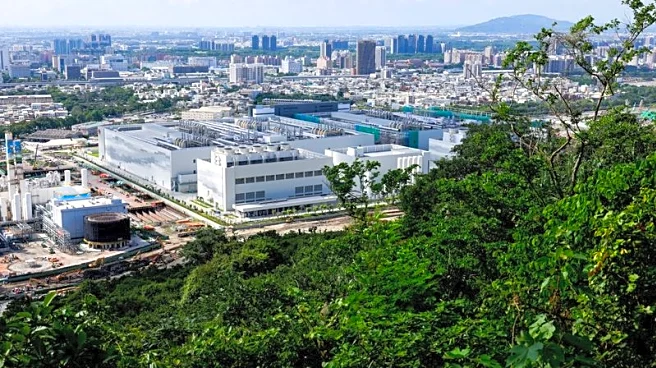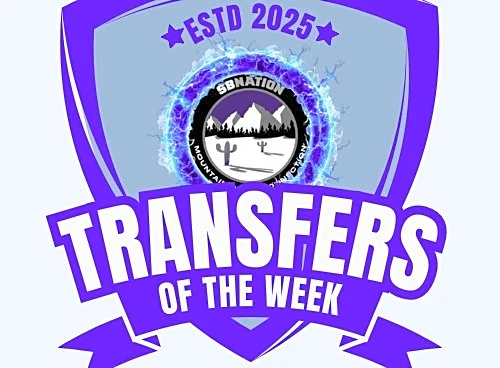What's Happening?
NASA has initiated the Geological Earth Mapping Experiment (GEMx), a collaborative effort with the U.S. Geological Survey (USGS) aimed at mapping mineral resources in the southwestern United States. The mission utilizes the ER-2 aircraft, a civilian adaptation of the Lockheed Martin U-2 reconnaissance plane, capable of flying above 99% of Earth's atmosphere. This high-altitude capability allows the aircraft to carry instruments that observe in visible, infrared, and thermal spectral bands with minimal interference, enhancing the accuracy of geological readings. The GEMx mission focuses on identifying pockets of minerals such as cobalt and lithium in arid and semi-arid regions across states like California, Nevada, Arizona, and New Mexico.
Why It's Important?
The GEMx mission is significant as it addresses supply chain challenges related to critical minerals, which are essential for various industries, including technology and renewable energy. By mapping these resources, the mission aims to boost economic security and provide sustainable avenues for mineral extraction. The data collected can guide exploration efforts, help mitigate environmental impacts of mining, and contribute to understanding Earth's surface changes in the context of climate change. This initiative supports the U.S. in maintaining a competitive edge in the global mineral market and ensures a stable supply of resources crucial for technological advancements.
What's Next?
The GEMx mission is expected to continue its mapping efforts, providing valuable datasets that can influence future exploration and mining strategies. Stakeholders, including government agencies and private companies, may use this information to make informed decisions about resource management and environmental conservation. The mission's findings could lead to new policies or initiatives aimed at sustainable mining practices and further research into the environmental impacts of mineral extraction.
Beyond the Headlines
The GEMx mission highlights the intersection of technology and environmental stewardship, showcasing how advanced aerospace capabilities can contribute to sustainable resource management. It also underscores the importance of collaboration between government agencies in addressing national and global challenges related to resource scarcity and environmental conservation. The mission's focus on minerals like cobalt and lithium is particularly relevant given their critical role in battery technology and the transition to renewable energy sources.




